For your cat to eat healthily, you have to feed it according to its preferences. You cannot force food upon cats, as they simply won’t eat something they don’t want to eat. Instead, they might start acting repulsive, and rightly so. When you walk into a pet shop, you will find two types of cat food in the cat section, wet food, and dry food. As a first-time owner, if this confuses you, don’t worry; we have your back. Here’s a comparison between wet food and dry food.
Wet vs Dry Cat Food – Water Content
Dry food items have less than 14% water levels, while wet food can have water levels above 60%. For sterilization, wet food items are cooked for longer at higher temperatures. Compared to dry food items, wet food items have a comparatively longer shelf life before opening than dry food. However, once the packaging is opened, wet food items are comparatively more perishable. Wet food comes in different forms, including mousse, bread, gravy chunks, and jelly. Even though dry food is extruded in most cases, it can also be baked Ext. On a per calorie basis, wet cat food is comparatively more expensive than dry cat food.
Benefits of Wet Food
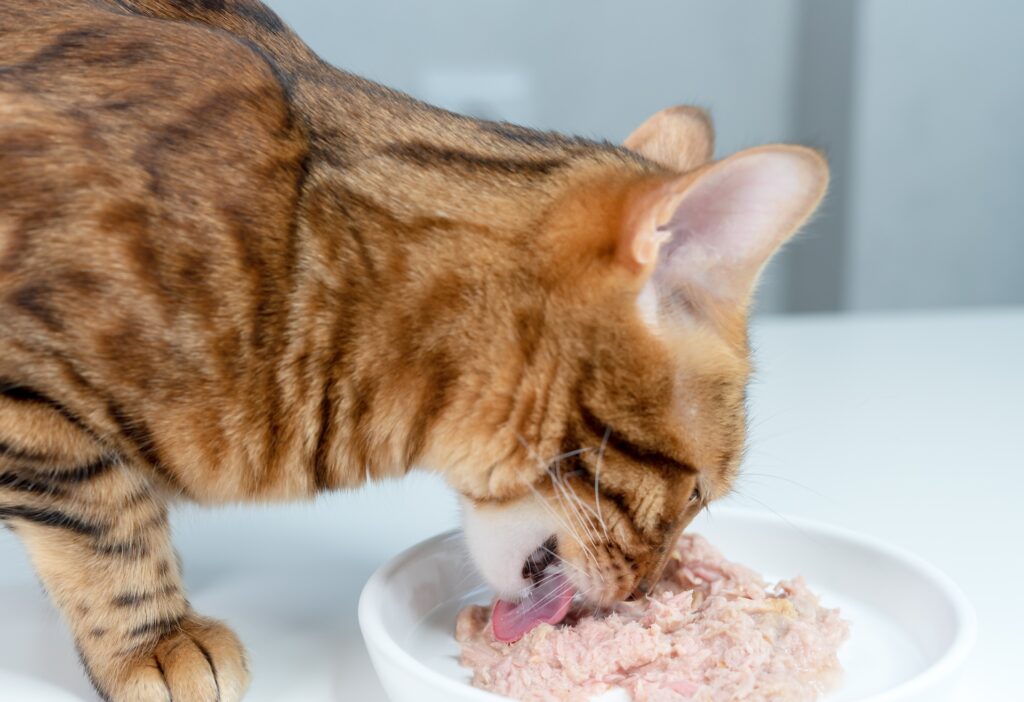
Urine Concentration
When we eat dry food, we drink more water to dilute our urine. However, cats don’t do that. When they eat food that has low water content, they will rather pass concentrated urine instead of drinking more water. Your cat won’t come to you and ask for water; it’ll look for places with running water and drink from there. Make sure your cat gets an adequate amount of water; it is important to feed it food that has high moisture content. As mentioned, wet food items typically have a water content of more than 60%. It is an appropriate way of providing water to your cat rather than making it rely on drinking water. Dehydration is one of the main causes of several diseases in cats, especially kidney-related diseases. Water is essential for cats, and if it cannot be provided to cats directly, it can be delivered to them through wet food.
Even though there is not much evidence suggesting that dry food items lead to dehydration in cats, studies have shown better hydration in cats that consume wet food than those that don’t.
Calorie Management
Wet food helps your cats out if they are suffering from obesity or if you are just trying to manage their weight. Because wet food items have a high proportion of water content, there are also lesser calories in them. So your cat will feel full after consuming lesser calories. Compared to dry food items, which provide 3-4 calories per gram, wet food provides only 0.8 to 1.5 calories per gram. It makes wet food healthier for cats who want to maintain or reduce weight. Also, wet food is bulkier, so your cat will be satisfied with the quantity without damaging its diet.
Protects Cats from Kidney-Related Diseases
As mentioned, cats only drink water when they find an open tap or any source of running water. This is how cats hydrate in wildlife, and this is how domestic cats hydrate. However, because cats won’t tell you when they are thirsty and when they are not, you can’t just keep the water running throughout the day for your cat to hydrate. As we said previously, you cannot force anything on cats, not even water. This is why wet food is important to provide them with the amount of healthy water for their kidneys. Lack of water can cause various kidney diseases and urinary disorders, as cats choose to concentrate their urine when they are dehydrated instead of drinking water. Through a wet food diet, you can avoid urinary tract problems. A wet food diet causes your cat’s urine to be more dilute, which is good for the health of your cat’s kidney.
Constipation
This is another common health problem that cats face. Whenever you take your cat to a vet, apart from prescribing medications, they will also recommend you to increase your cat’s water intake, as inadequate water intake is one of the major causes of constipation in cats. Therefore, it is recommended to keep your cat on a wet food diet if it’s suffering from constipation.
Benefits of Dry Food
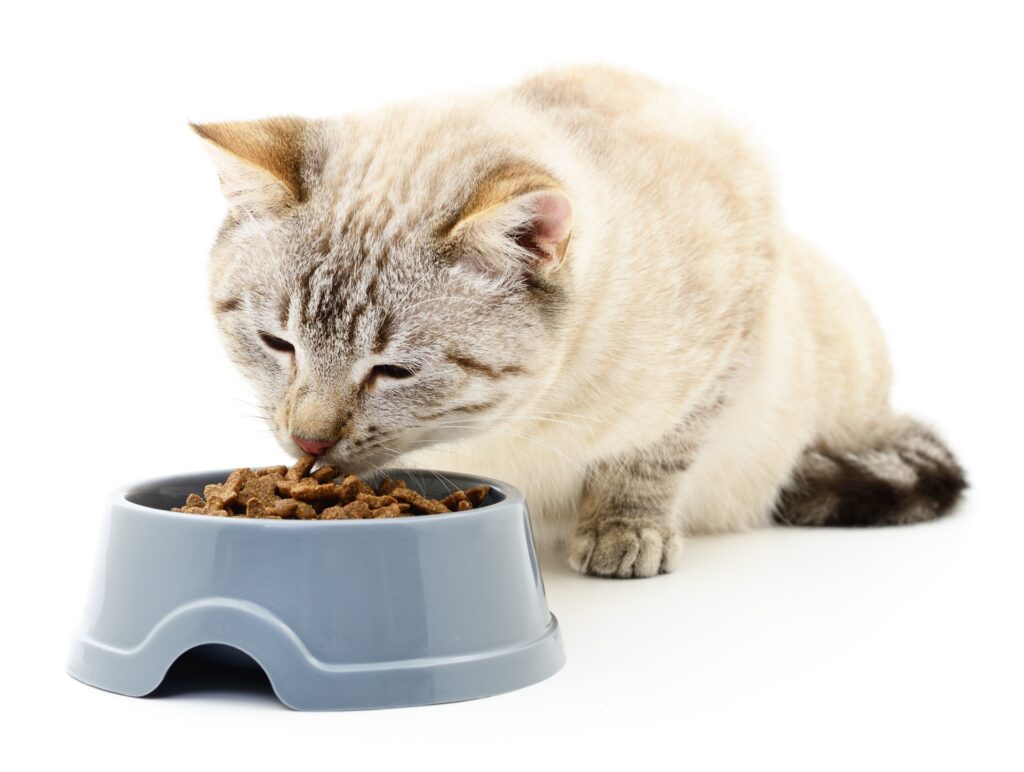
Cost-Effective
Wet food for cats is significantly more expensive than dry food. The only benefit of a wet food diet is that it improves cats’ water intake and calorie management. However, these things can be controlled in cats without using wet food. Dry food is convenient and cheap for cat owners who cannot spend a lot on cat food. Dry food can also be kept for longer once opened. Wet food can only be fed during specific meal times, which is something cats don’t like to follow. They like to graze over the day, and dry food is best for that purpose. Dry food is also easy to use and serve.
Dental Health
Dry diets have also proven dental benefits as they reduce tartar formation and slow the process of plaque formation in your cat’s teeth. However, not all dry diets work against plaque formation, nor is there sufficient evidence indicating the superiority of dry food over wet food in terms of dental health. Still, for better dental health, vets recommend dry food.
Which Diet is Suitable for Your Cat?
This depends upon your cat’s eating habits and your budget. If your cat can sit and eat its meal at regular intervals, then you should be going for wet food as not only it will be better for your cat’s water intake, it will also manage your cat’s weight, and if it’s obese, this diet will help it reduce excessive weight and stay healthy.
However, if your cat doesn’t like to sit at one place and have a meal, instead wants to munch on food irregularly, then you can go for a dry food diet for your cat. It is also more economical and convenient, especially if you are a working owner who does not have much time to look after your cat’s diet.

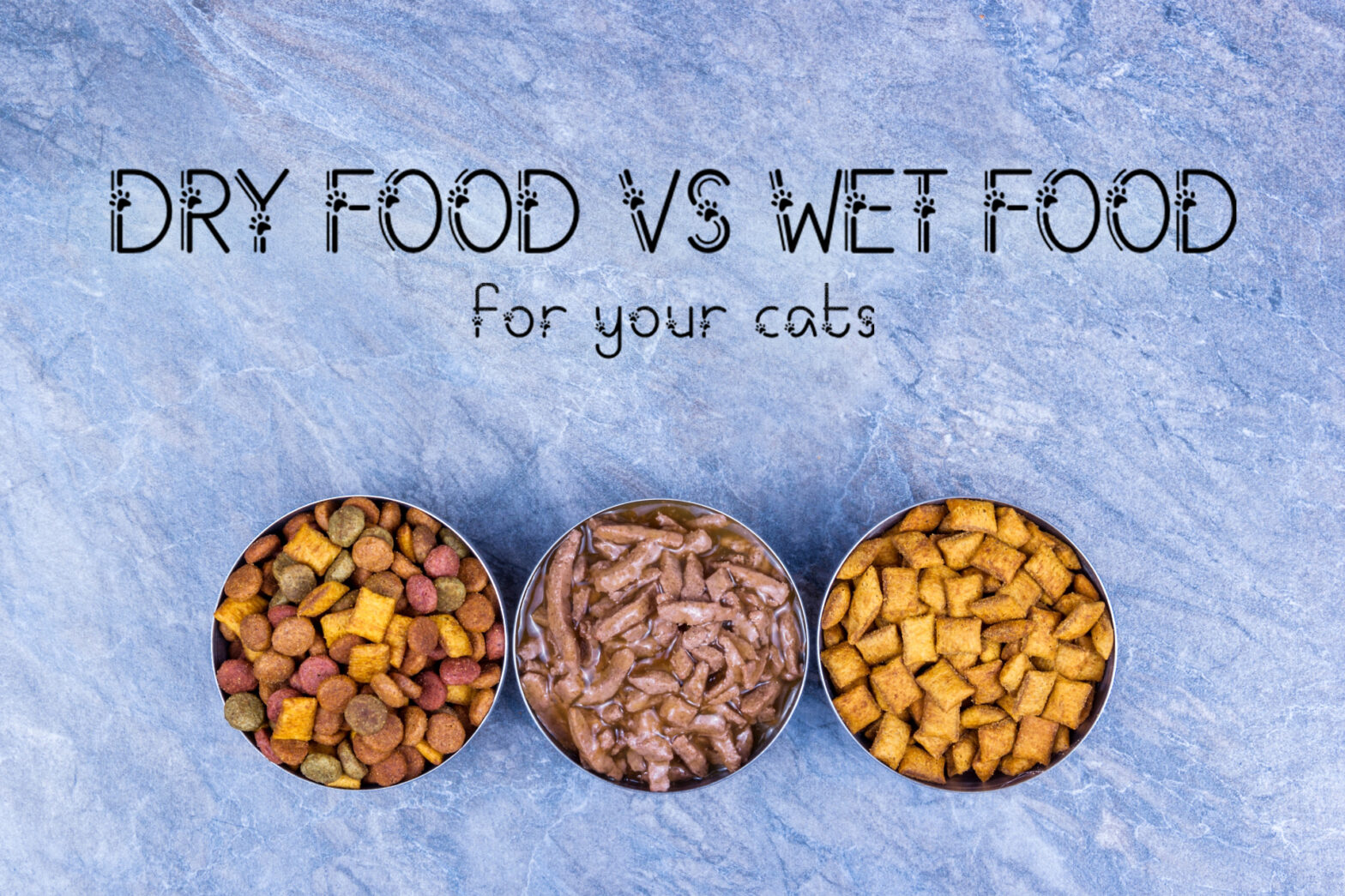
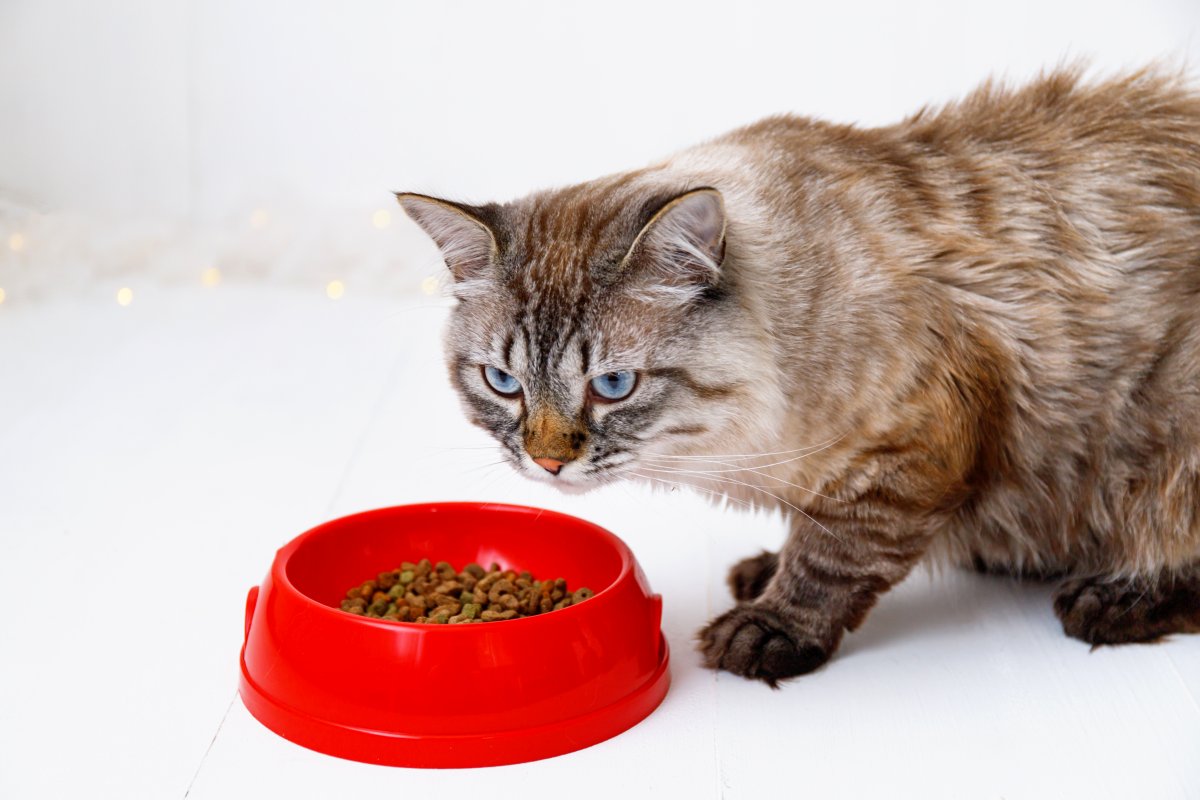
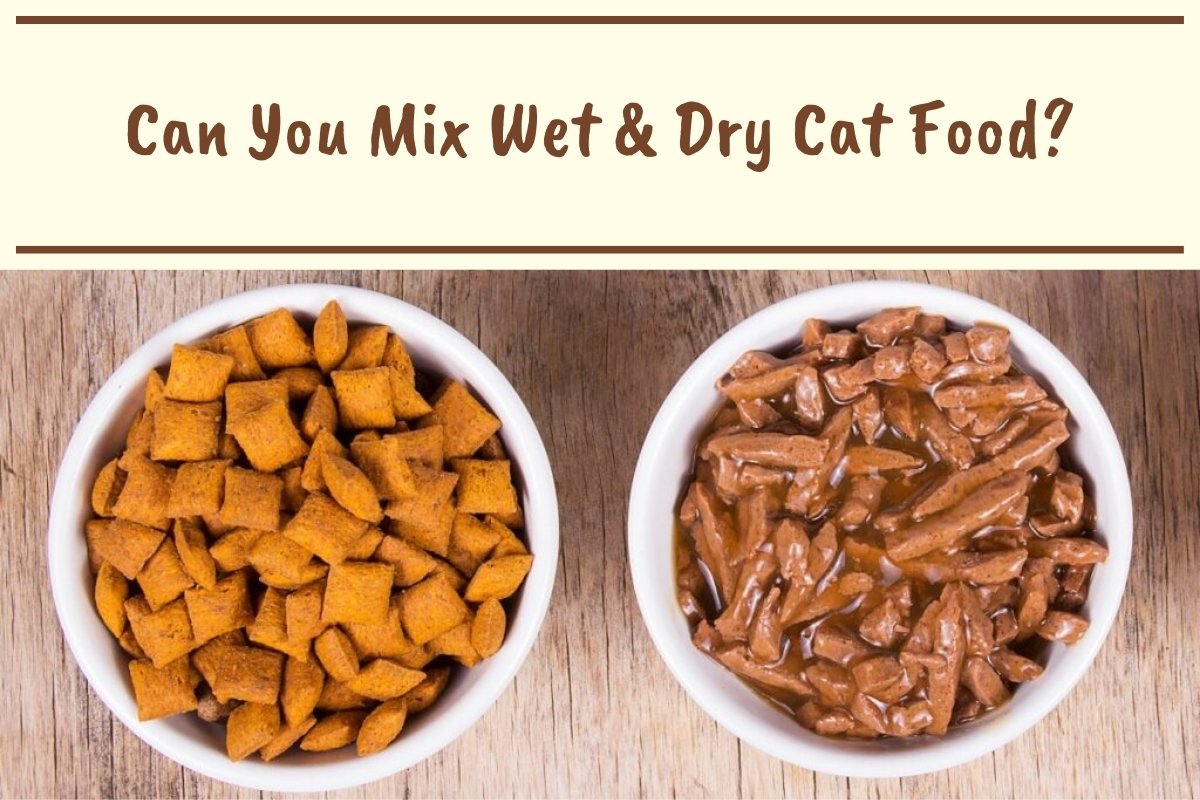
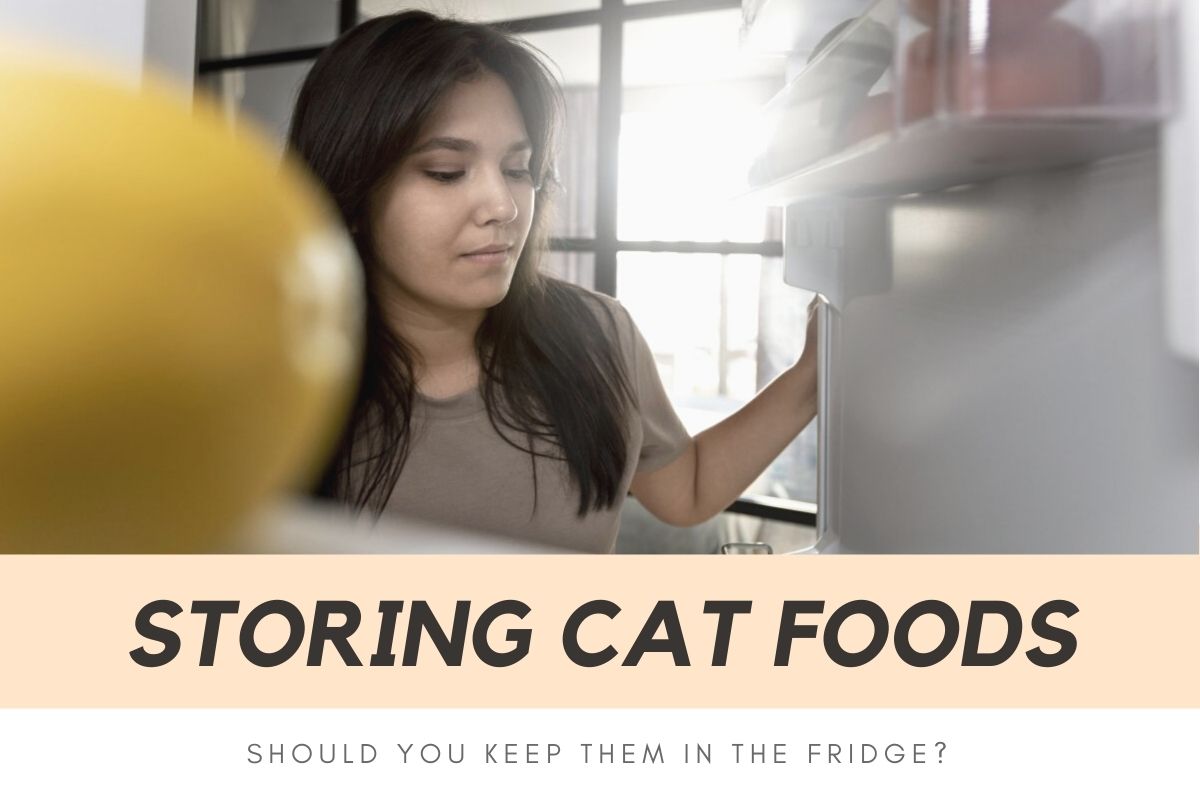
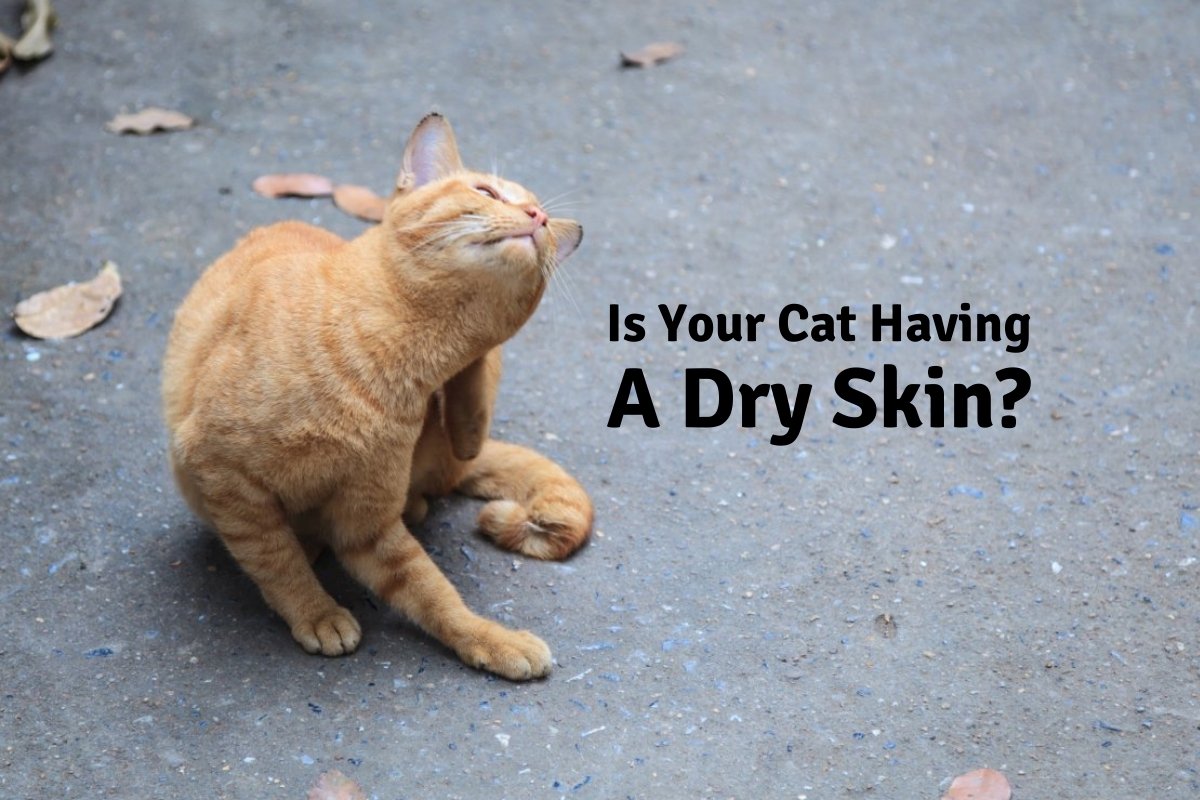
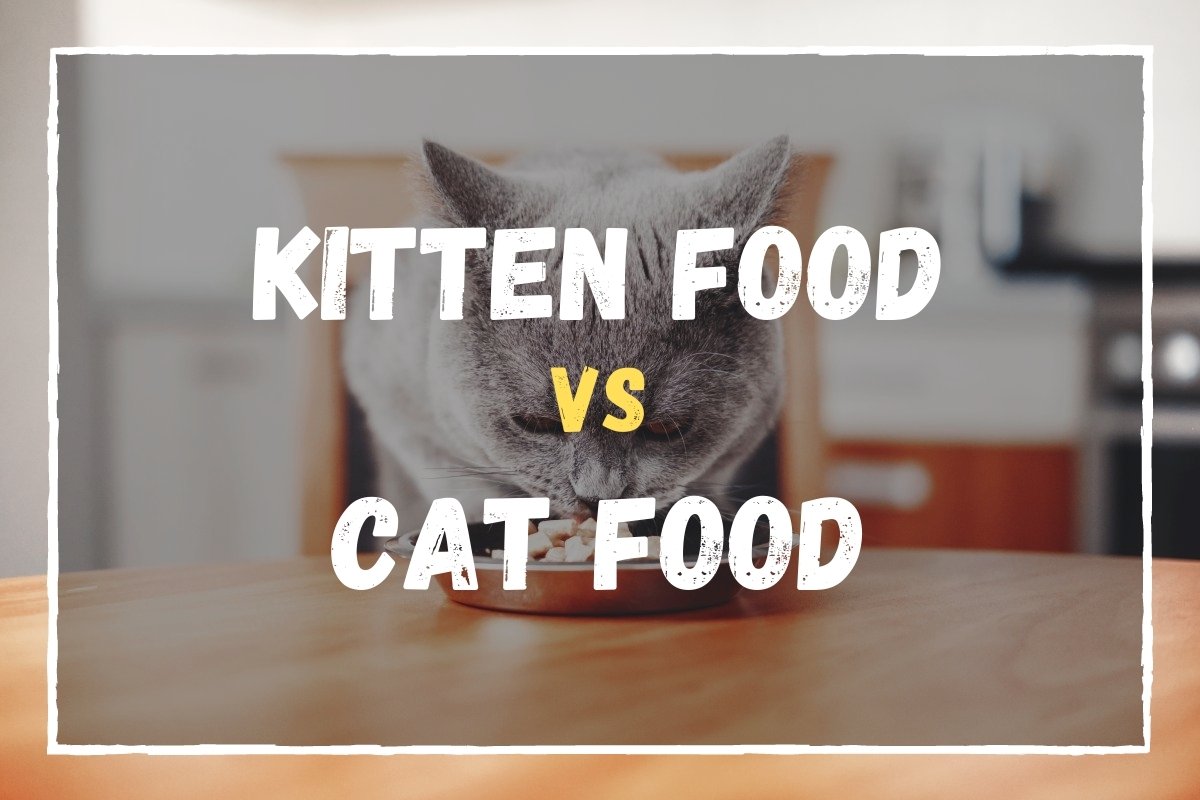
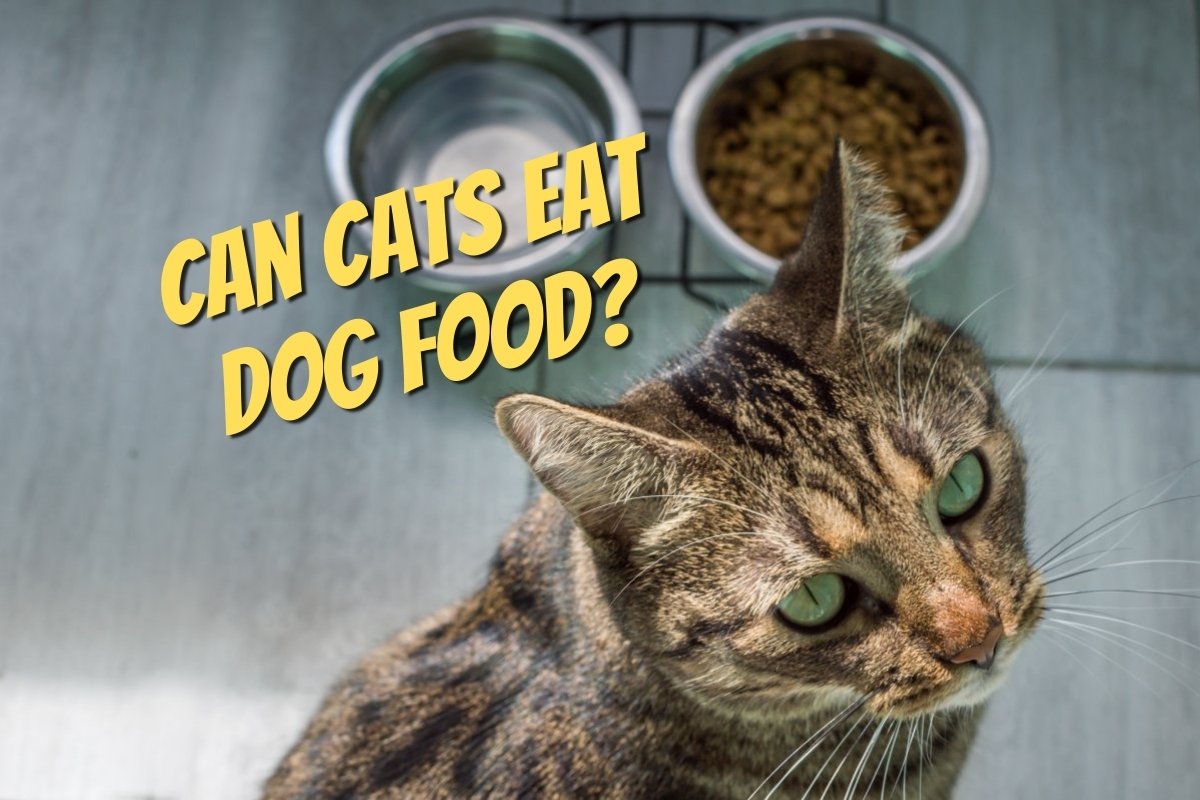
9 comments